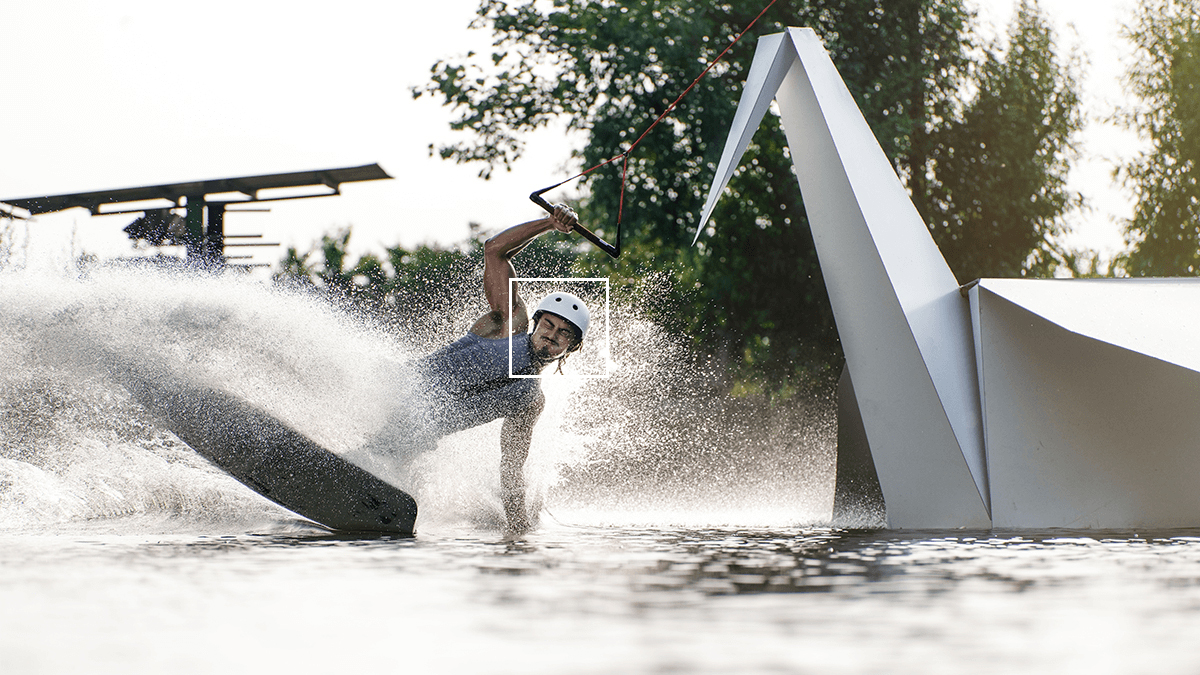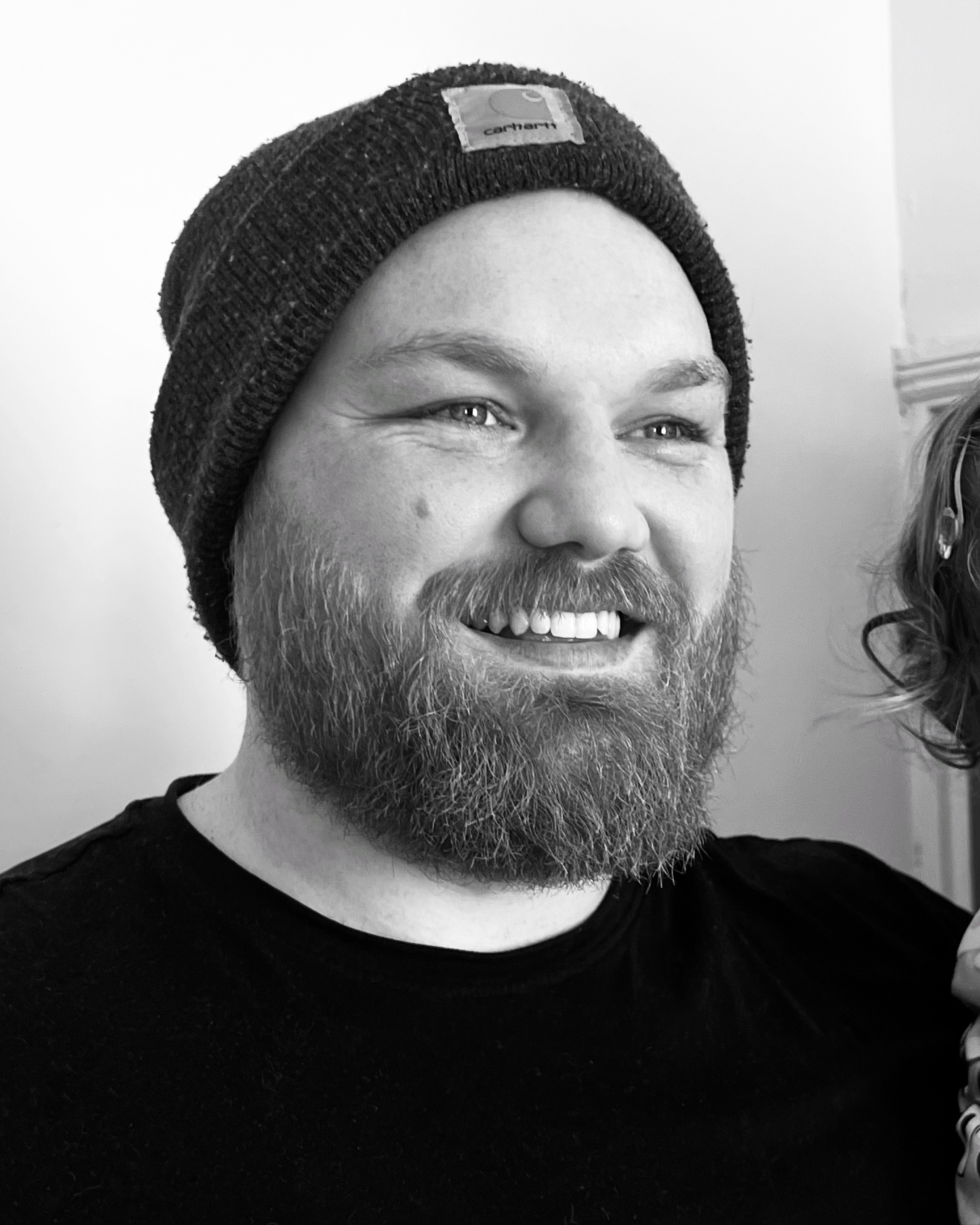"It's time to tackle wildlife or sports photography with the GFX system," says Fujifilm
In a recent interview, Fujifilm outlined its intentions for the GFX system – and it's exciting!

In a recent interview, Fujifilm announced that it will focus on targeting sports and wildlife photography with its medium format GFX system.
If you had told me this time last year that the GFX system would be capable of becoming a prolific wildlife and sports camera I would have had a hard time believing you. Although exceptional in image quality, medium format cameras are on the slower side. Fast-forward to the present day, after the release of the Fujifilm GFX 100 II, it doesn't seem like such a wild theory, and it appears to be Fujifilm's main area of focus for one of the best medium format systems.

In an interview with Phototrend at this year's CP+, Makoto Oishi, part of the imaging solutions division at Fujifilm, was asked about the roadmap for GF lenses and in particular the recently announced Fujifilm GF 500mm f/5.6, scheduled for release later this year.
"You already know the GFX100 II with its superior performance than before. A burst rate of 8 fps, and faster autofocus, enabled by a new sensor and processor pair. So we think it's time to tackle wildlife or sports photography, even with the GFX system. That's why we developed this new 500mm, a super telephoto fixed focal length lens."
As a GFX user, it's an exciting prospect that the new cameras can use their huge image sensors to capture fast action scenarios, such as wildlife – a genre I had resigned to not shooting since switching to medium format. The Fujifilm GFX 100 II has become the new flagship, setting benchmarks for future iterations. The new high-speed 102mp sensor coupled with the transformative X-Processor 5 processor, has transformed the speed of medium-format shooting, for photography and video.

The Fujifilm GF 500mm f/5.6 is currently the longest focal lengthed mirrorless medium format lens, with second place going to the Fujifilm GF 250mm F4 R LM OIS WR. It was developed especially for sports and wildlife, but developing a super telephoto lens like this didn't come without obstacles.
In the same interview, Oishi mentions that making a telephoto lens for a smaller sensor such as the APS-C on Fujifilm X-T5 is easier to expand and therefore has a smaller AF system, but the same basic construction as the GFX. With a lens as big as the GF 500mm, the challenge comes to nailing the AF system.
Get the Digital Camera World Newsletter
The best camera deals, reviews, product advice, and unmissable photography news, direct to your inbox!
"The glass design is quite important, even with a super-telephoto lens. We therefore try to make the autofocus lens as small and light as possible to achieve faster autofocus. This is our new challenge now. You also need to carefully select the motor for the autofocus system."
Fujifilm is doing great work with its GFX system and on top of making medium format shooting more accessible and portable, it is now pushing the boundaries even further with the latest GFX models by enabling high-quality video, and capture of faster scenes such as wildlife and sport. I certainly can't wait to see GFX-quality wildlife images taken with the new 500mm beast!
Fujifilm will be attending The Photography & Video Show this weekend, meaning you may be able to get hands-on with some of the latest GFX equipment. Tickets are still available on the official website, we'd love to see you there!
Fujifilm won't be the only camera manufacturer at The Photography & Video Show, with the best Nikon cameras, the best Sony cameras, and the best Canon cameras all scheduled to be in attendance.

Kalum is a professional photographer with over a decade of experience, also working as a photo editor and photography writer. Specializing in photography and art books, Kalum has a keen interest in the stories behind the images and often interviews contemporary photographers to gain insights into their practices. With a deep passion for both contemporary and classic photography, Kalum brings this love of the medium to all aspects of his work.
